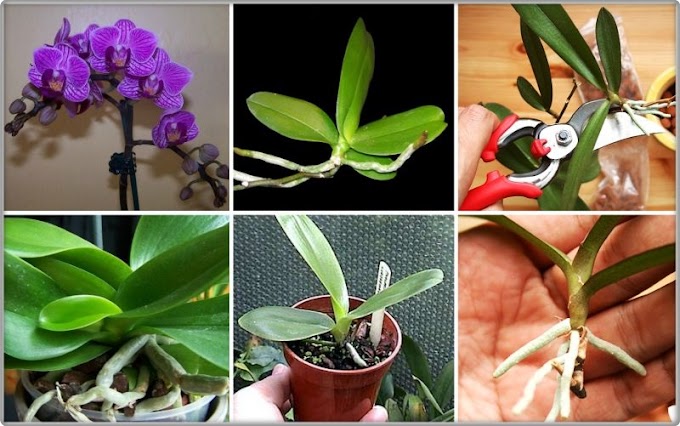Succulent plants are grown primarily for the structure of their water-storing stems, leaves or roots, which give lasting interest. Flowers are a wonderful bonus, but often succulents are shy to bloom, especially if they are indoor container plants.
Find out what conditions prevail in the plants’ natural habitat to get clues about what growth conditions and seasonal cycles they need. Supplying winter cold, summer heat, fertilizer or more intense light may be all that’s needed for successful flowering.
Temperature
Many succulents need higher temperatures in summer to set their blooming chemistry. Climate-controlled homes don’t provide the needed temperature extremes. Succulents benefit from being moved outdoors for the summer months, but the move should be gradual, exposing them to more heat and sunlight over a couple of weeks, until they are in partial sun and warm temperatures.
Plants from cold-winter deserts, like interior western American deserts and high-altitude South American deserts, need winter dormancy and cold temperatures to induce spring blooms. Put such plants in cool areas for the winter months.
Fertilizer
Producing a flower is important to a plant, because seeds are needed to perpetuate the species, so they will flower if possible. However, they need plant food to provide the building blocks for flower formation.
In deserts, the soil actually provides good nutrition because there’s not a lot of rain to leach plant nutrients out of the soil. Under cultivation, fertilize succulents beginning in spring as the plant begins growth. Use half-strength fertilizer once a month while the plant is growing, discontinuing feeding in late summer or early fall. Use a fertilizer higher in phosphorus, such as 10-15-10, to promote flower formation.
Water
Succulents need water to form flower buds and produce new growth. If they don’t get it, they deplete the stores of water in their tissues that they need to survive drought — they live, but do not thrive.
During growth periods, water plants thoroughly until water comes out the pot’s drainage holes, but don’t water again until the top inch of soil is dry. Most succulents undergo dormancy for part of the year, usually in either winter for cacti or summer for plants like Living Stones (Lithops), and this rest period is needed to set the stage for flowering. Keep the plant drier during dormancy. All succulents need very well-draining potting mix.
Light
Arid-land plants, even if they’re growing under a bush in nature, receive a lot of direct and indirect light that can be difficult to duplicate indoors. An eastern or southern window is a good choice for most cacti.
Most succulents need sunlight for half the day, preferably morning, to produce the food needed for blooming. If growth is open and lax on leaf or stem succulents that should be compact, there’s not enough light for flowering. If globular cacti are stretching for the light, they won’t flower.
There are only a few kinds of succulents — such as Gasterias, Haworthias and some Aloes — that will bloom if kept in full shade. If sufficient natural light is lacking, grow succulents under grow lights.
Photoperiod
Related to light conditions are the number of hours in the day and night as the seasons change. Photo periodicity is important in setting the biological clocks of all organisms, from humans to plants.
Some succulents, like the Holiday Cacti (Schlumbergera cultivars) need long-night, short-day conditions plus cool temperatures to initiate flower buds. For many other succulents, it is the increasing day length plus warming spring temperatures that signals buds to grow. Receiving supplemental light that artificially lengthens or shortens the nights can interfere with flowering.
Source: sfgate.com




